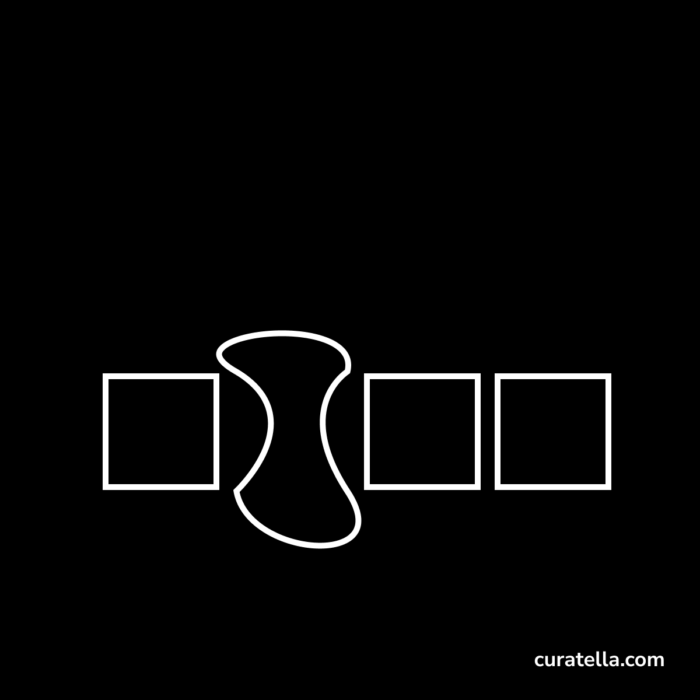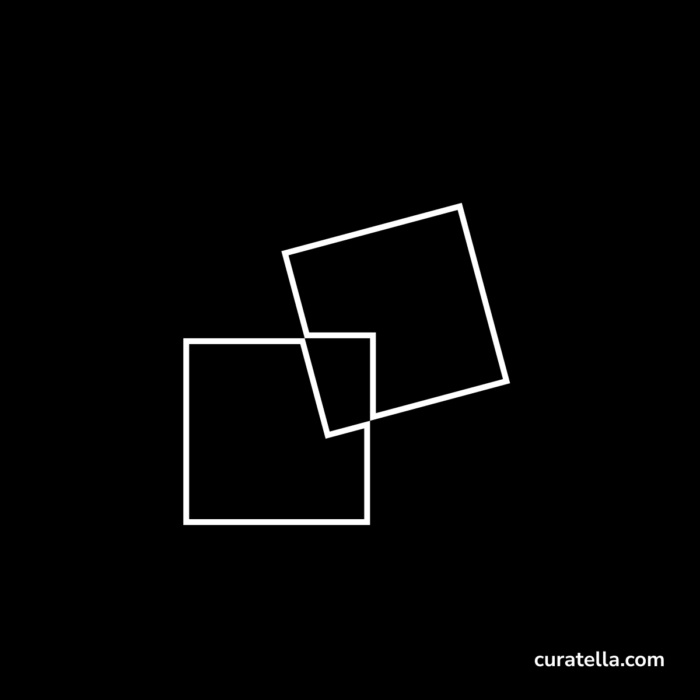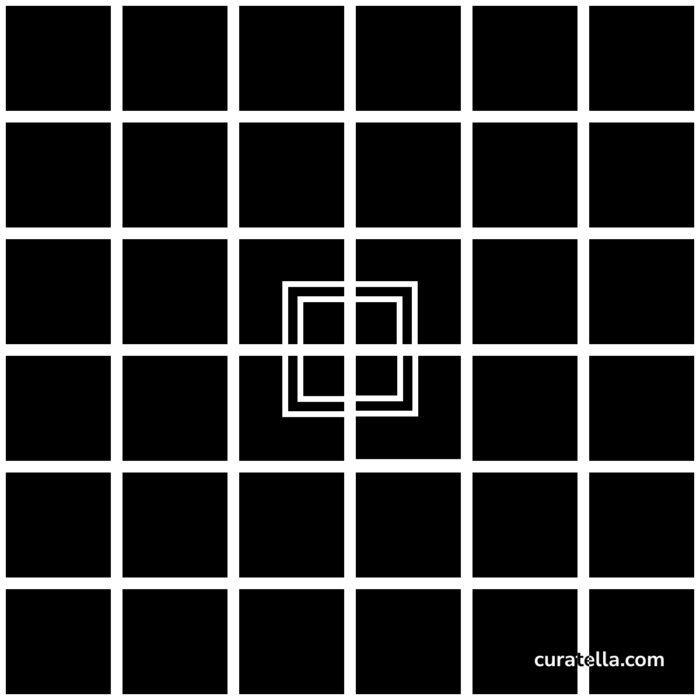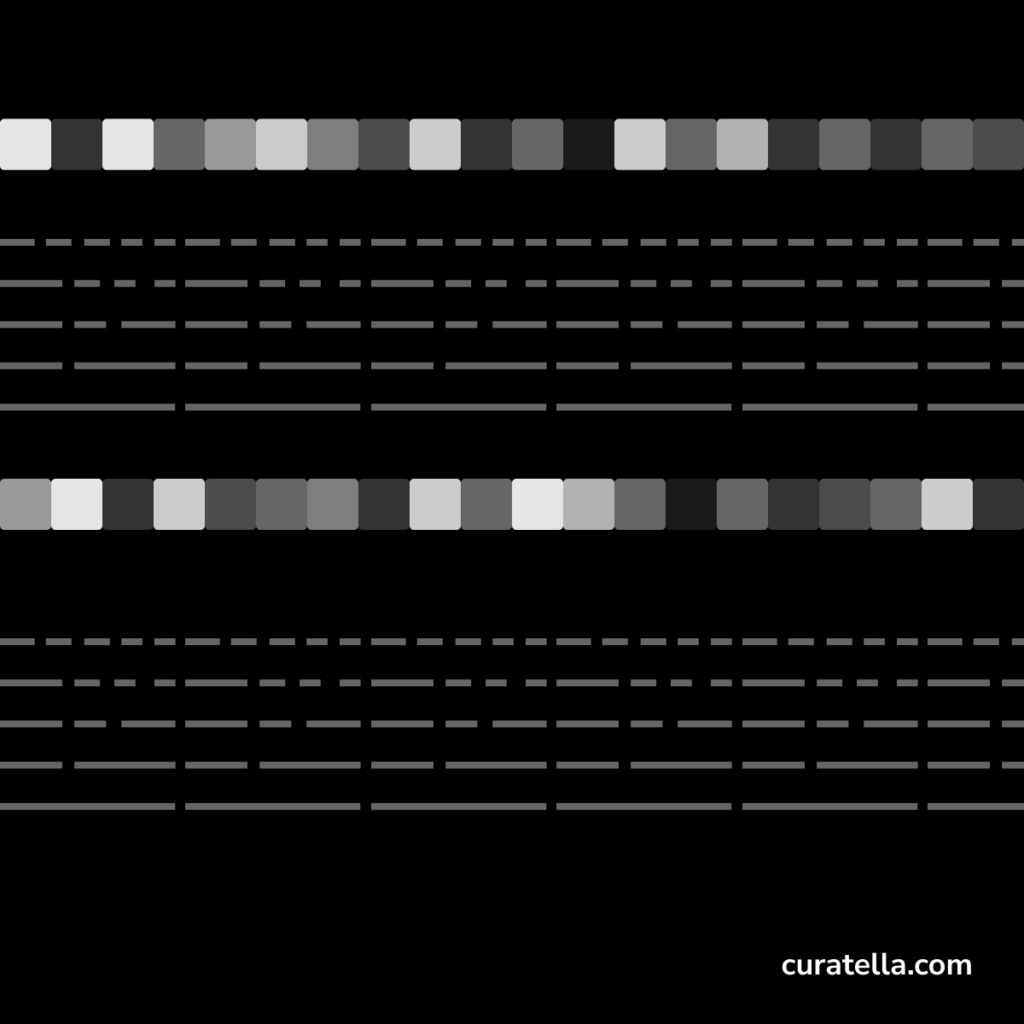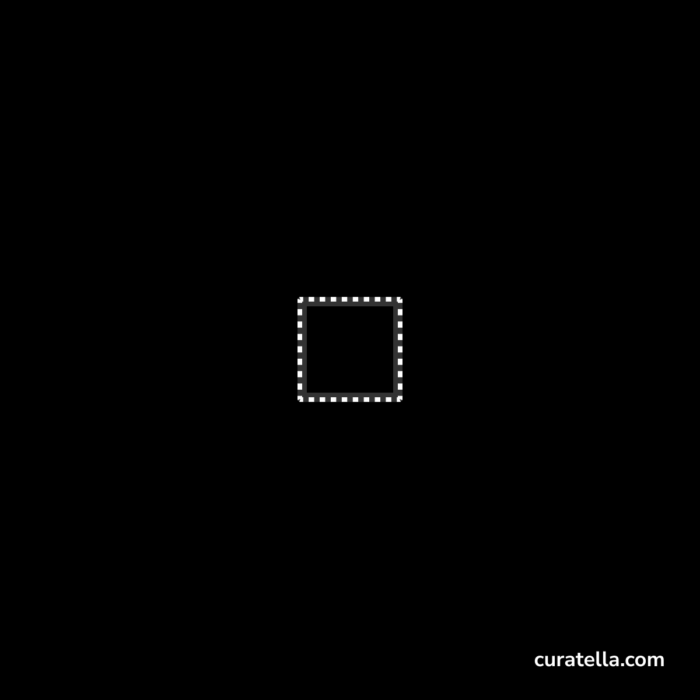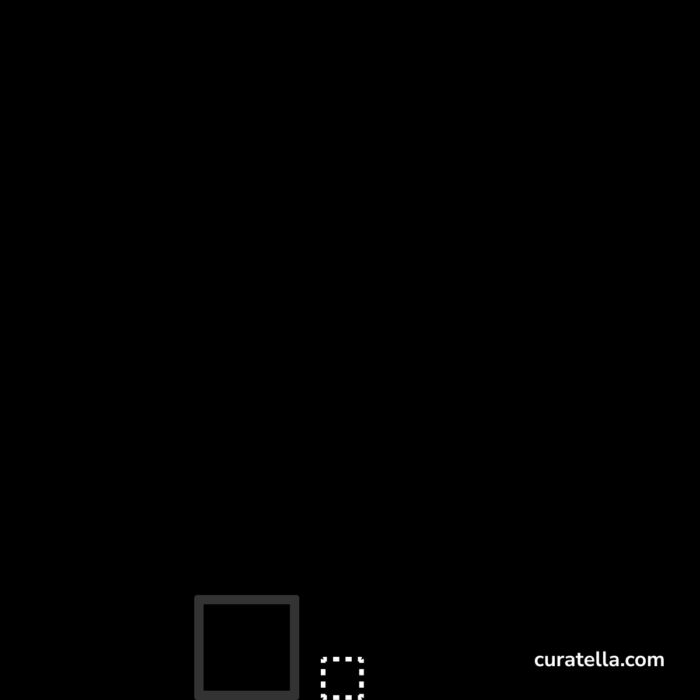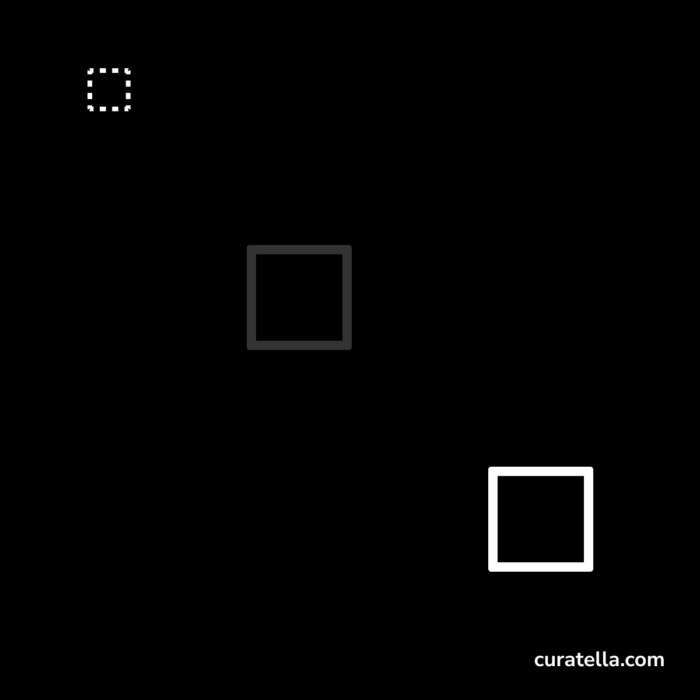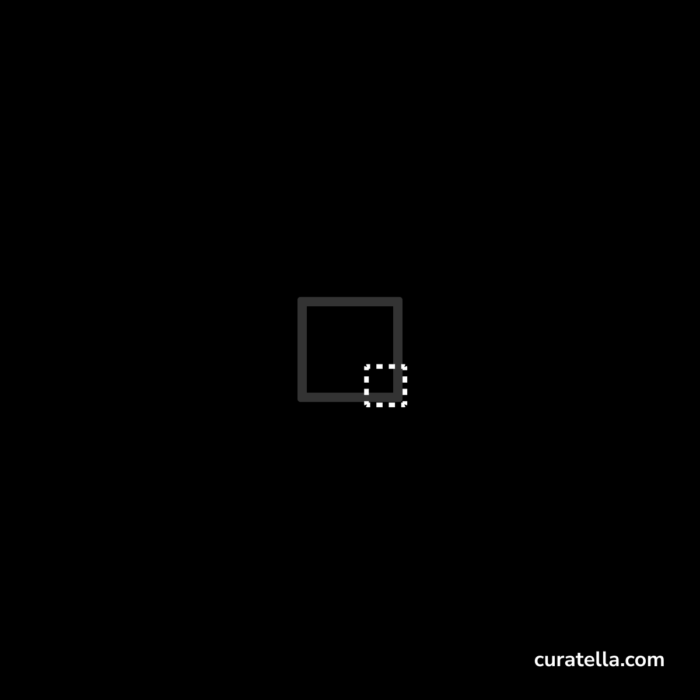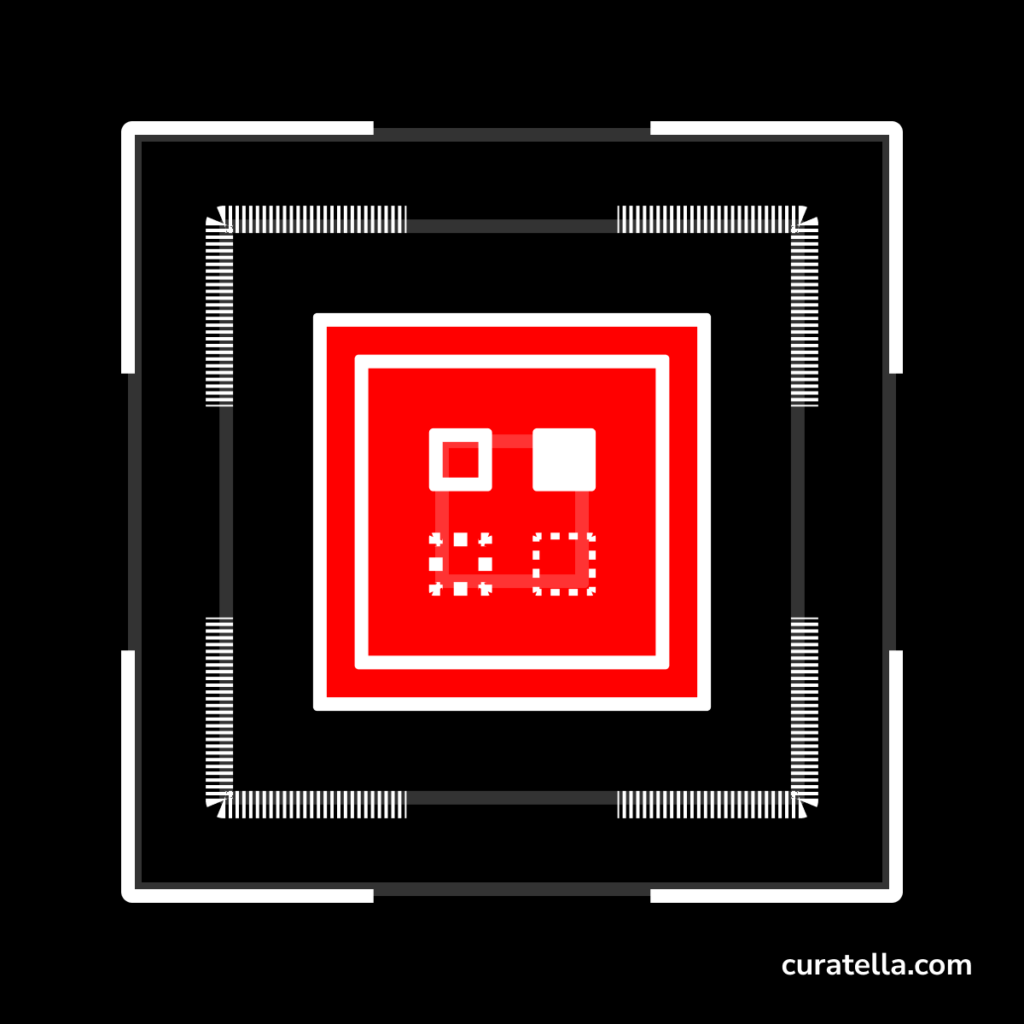A few decades ago I remember a consultant saying he finished the work so early that he had to pretend he was working for the rest of the paid time. He killed his reputation and demonstrate his dishonesty. Considering we were negotiating hiring him for a consultancy gig he destroyed the possibility of working with the company I was representing. Clients cannot be treated as friends to share confidential information with, especially if you are exposing your unfair behavior. Dishonesty can only harm everybody, but talking about your dishonesty makes you look stupid.
Category: Posts

stOLEN mOMENTS
Forbidden silence in surreal coolness,
Fighting for eyes and their wide openness.I focus on the blinding white of the blinking light,
Trying to share my thoughts or what they might.It’s too late to plan relief from sorrow,
I’ll have to wait until tomorrow.To have better chains of tired thought,
Refreshed by sleeps so hardly sought.
When Presenting Designs, Don’t take anything for granted
I was assuming my design was clear and exhaustive when I presented it to other team members. When I saw how it was taken further, I realized that my intentions were not fully understood. I undervalued the detail and the effectiveness of my presentation.
I made a difference by explaining every step and detail, especially by making the system visible, creating an interactive model where every possible interaction was fully explained.
When presenting designs, do not take things for granted and reserve the needed time to document all parts and interactions.

Time To Take Smarter Notes
I’ve completed a third reading of “How To Take Smart Notes”, by Sönke Ahrens. I have no more excuses to start my Zettelkasten (or slip-box if you want). The author says it very clearly, although many times, in the book, following the method is straightforward: read with a pen in hand. That’s it. Now, I have no problem taking notes. Historically my issue is with avoiding hoarding notes and making something out of them. My challenge will be to explore the adventure of rereading what I wrote and evolve it compared to my current approach which is nothing more than improvising and writing what passes through my mind at the moment.
So, welcome new challenges!

Reflections on Habitual Group Creativity
I’ve created CREAZEE to find external incentives in maintaining my daily writing habit. It’s a private group of people writing, every day, each on their own, contributing to the same community forum, sometimes following a common prompt, sometimes each one independently. I am the habit-building facilitator, a community coach, writing too, leading a group of wanna-be habitual creators. I started my habitual creativity challenge way before, and I am now on day 220.
On day 83 of group writing, I have repeat questions coming to my mind every day.
Timing
How is the sequence of shared articles influencing the group? For example, how am I influencing others if I publish my daily article first? Or last?
When shall I publish the daily prompt? Day by day, at the end of the day (how is timezone dealt with?) What would change if I posted all prompts for a month at the same time?
Participation
How to deal with who doesn’t write? If the One Rule is “You Will Write Every Day,” shall I throw out of the challenge who misses a day?
What about reminders, nudges, and gentle pushes: shall I go one by one and remind them they have to write for the day? Up until which level should I go? Shall I phone them?
What can I do to automate the reminding process, so I don’t have to spend my time chasing participants?
Pace
Diverse participants with diverse backgrounds, skills, attitudes, objectives write at different paces, varying lengths with various efforts and outcomes.
What is my role as a facilitator and a coach to help them keep the daily pace while respecting their diversity? All in all, a day is the same for everybody: either you wrote or not. How is the different distribution of efforts and outcomes distributed on that day of the challenge, and how does it affect my role and the overall group performance and mood?
What happens if we write simultaneously, setting a specific time frame during which we actually write together? What are the logistic implications?
Goals and motivation
I have never stressed the goal of why you should write daily, and I am not asking any participant to explain why they want to write daily or why they should do it. Is that affecting the group motivation? What would be the difference if each participant had to declare their goal at the beginning of the writing challenge? Would it be feasible and reasonable to allow individual plans to be pursued in a group effort?
The subject matter
Right now, I am providing a daily prompt which is optional. Participants may or may not follow it. Is that a waste? Shall everybody write following the same prompt? Or shall I drop the prompt entirely and just transform it into “write about anything you want but write?”
What if participants had to declare a milestone project giving continuity and coherence to the sum of their daily efforts? How would it affect the logistics and my responsibility as a group facilitator?
What would be the effect of having several independent trends posted daily, overlapping in the group forum?
Private or Public
I have never forced participants to share the daily articles publicly. What would change if we made it compulsory to publish on the Web the daily contributions?

220. Reflections on Habitual Group Creativity Have your say
I would appreciate your thought on the above questions and reflections, either if you participated in CREAZEE or not.

Make The System Visible
To make decisions, we need to know where we are acting and what the consequences could be. Then, we decide to pursue our goals, choose to do some actions, or ask somebody else to perform some activities for us with the final goal of achieving what we desire or what we are required to complete.
We might have personal skills independent from the context. Intuition, expertise, or previous knowledge of similar situations may inform our decision-making capability. We definitely look to mitigate risks and avoid damage and losses even when explicitly acting for a direct benefit or a profit.
What’s the most important thing to know to make the best decision? Understanding how the system works. Such knowledge comes from having the most accurate inventory of all interactions between the system’s components. The more we know about the context, the actors, the forces, the constraints, and the boundaries of the system we are making our decisions, the more we will acquire the knowledge needed to make the best decision.
That’s why making the system visible is a design and discovery principle at the foundation of understanding how a system works and how making specific choices generates different scenarios and possible consequences.

Writing Every Day Without a Plan Can Be Boring
Despite all goodwill to develop topics incrementally, writing while reading, connecting notes, and revising accumulated drafts, I keep on writing free-flowing, improvised, at the last moment. There is an evident gap between intention and execution. My desires are not satisfied by my actions. It might be due to a bad habit I’ve built. Writing every day, yes, it’s generic. I use to say that the One Rule is “You will write every day.” But I never say what. This becomes to be unbearable and annoying. The only rule cannot be broken, and I committed to writing daily for 365 days. I am only slightly beyond half of the journey. I’ve never skipped a day, OK, I recognize that, but I still cannot move from “writing every day” to “writing every day, following a direction, achieving a purpose, exploring a field, pursuing a research goal.” Researching means not knowing what I should search for. Otherwise, it would not be researching. The problem is the lack of a research method, an inquiry process. I am deluding myself about the possibility of carrying on a dialogue by producing one little piece per day. It could happen if there were a design, a grand scheme, but I am wandering, swinging from the extreme of serendipity to the wall of boredom. Nonetheless, I’ve been caressing a method auspicious on this concern, accumulating a network of related notes created by paraphrasing anything I read pertaining to my direct interests or the spur of the moment. I’ve started it dozens of times. It never gets a firm grip on my habits. It keeps on sliding. I keep on falling into the collector’s syndrome. There are many shining pieces, barely and loosely connected, not leading to any emerging thread, creative ideas, or encouraging draft. I need to be patient. I cannot devote to it more than the time necessary to write this piece today. This is the progress I was able to make in my thinking. I wrote it. That should satisfy the One Rule for today. I can only look forward, farther, and plan, in advance, to develop the questions I am raising when improvising like this. It would be enough to read what I wrote so far.

For whom are you writing?
There are different audiences for your writing.
Your present self trying to understand something new.
Your future self to whom you want to transfer the knowledge you acquired today.
Your future self needing to combine your notes into a draft and revise it into the final copy.
The receiver of your piece, in a personal or professional context. They will read it and interpret it.
The public finding your article online or on any other publication. They will have to reconstruct the context you set and make sense of your written thoughts.
All of those audiences require a different attitude and intention in your communication that are reflected in your writing and publishing workflow.

The First Iteration of My First Note.
This is my first note. The first one going into my slip-box, my note archive. It might not be perfect but it’s my note. Here is where I think, I am not just transcribing my thoughts, these are my thoughts. I accept working with temporary outcomes. I accept the partial value I can produce out of an effort stolen from today. This note is a testament to my effort. Nothing more.

Making Permanent Notes
A permanent note is kept for a long time. It’s easy to retrieve and provides value each time you read it. You take permanent notes to grow your knowledge, reduce its fragmentation, and have more ideas by combining notes. An effective approach to take permanent notes is to make them atomic. One note contains one concept, briefly and exhaustively explained. It has all relevant references but, first of all, there are your thoughts and inspiration about it. In its atomic format, a permanent note allows you to quickly remember the context and the ideas you had about it. It shows connections with other notes you have taken. It includes questions and prompts to make further research and connection. You can grow a digital garden of permanent notes by continuously refining them. Your slip-box, your note archive, is the place where you think, and you rearrange and refine your notes during your thinking. The paper is the thought. You need to follow a few rules strictly but without exception: all notes go in your inbox, and every day you must process them. Fleeting notes are taken to capture the inspiration of the moment. They have to be thrown away as soon as you have transformed them into permanent notes. You can take quick notes anytime you find something resonating with your interests and curiosity. There is no specific time. Permanent notes are part of your learning ritual. You make them when you stop to learn the content of your notes and deepen your research about the topic. While pen and paper are always working and frequently suitable for fleeting notes, your note archive should be digital. Always available, anytime, anyplace. Why not?
You create your permanent notes as a space to think, learn and ideate. There are exciting perspectives in opening your external brain to collective intelligence. How would you like to think with peers?

215. How dare you to think you can create something permanent?
